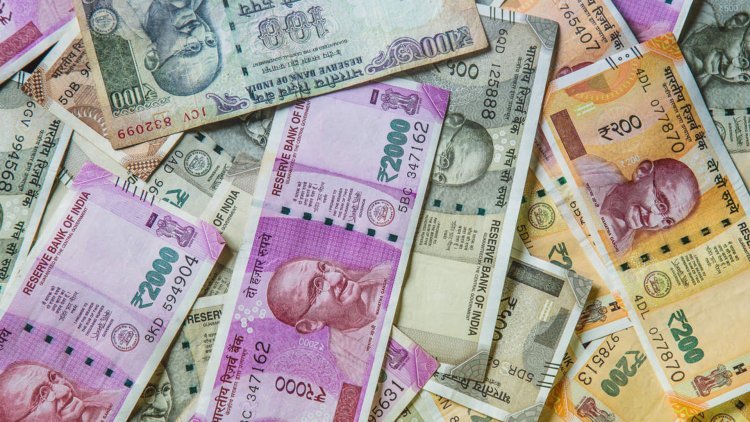In recent years, the Indian rupee has proven to be more resilient than other currencies. Piyush Goyal
In addition, Piyush Goyal argued that exporters should stand on their own two feet, depending only on the calibre of their goods and their capacity to meet the wants of clients in the international markets.

According to Piyush Goyal, minister of business and industry, the Indian rupee has exhibited greater resilience recently than the majority of other currencies, and the compounded average growth rate of depreciation is lower than it was before to 2014.
Additionally, he stated that exporters should stand on their own merits based on the calibre of their goods and their capacity to meet the needs of clients in the global market.
I am pleased that the Indian rupee has demonstrated greater resilience than most of the currencies in recent years. "I do not think there is any comfortable or uncomfortable level for the rupee. Rupee finds its own place. It's a function of several natural factors — a function of inflation, capital flows, and the risk-reward ratio in each country," Goyal said in a media interaction.
When asked what the currency's "comfortable level" may be, the minister responded, "If you look at the Indian rupee exclusively before 2014, and if you take a CAGR (Compounded Annual Growth Rate) of the rupee depreciation, it was in the range of roughly 3.25-3.5%.
The strength of the Indian rupee has significantly improved as it is currently declining at a rate of roughly 2.5% CAGR. The Indian rupee was trading at Rs 79.67 to the US dollar in early trade on Monday.
Goyal expressed confidence that Indian exporters will be able to provide significantly on the basis of their strength when questioned about the European Union's intention to eliminate export privileges under the Generalized Tariff Preference Scheme (GSP).
After the EU removed GSP privileges, India's exports to the EU valued roughly USD 8 billion in industries like plastics, stone, machinery, and mechanical appliances would no longer be eligible for low- or no-duty reductions.
I don't think GSP is necessary for increasing trade engagement in any case; it's better to have an FTA with the EU. Without GSP (with the US), our exports have not suffered, he continued. "We are undertaking free trade agreement negotiations with them (EU), and we will focus on that negotiation," he said.
Given the size and scope of the US market, the commerce minister stated that there are opportunities for Indian enterprises to significantly develop their trade with the US in every industry.
The sky's the limit, he continued, noting that the US is a major role in world trade given their desire for rapid technological advancement. In the following six to eight years, he continued, "The US has the ability to boost our trade from the present USD 159 billion to at least USD 500 billion."
Goyal continued by stating that each FTA will assist India expand trade with all of its trading partners in response to the question of how they will help India reduce its growing trade deficit.




 admin
admin 



















